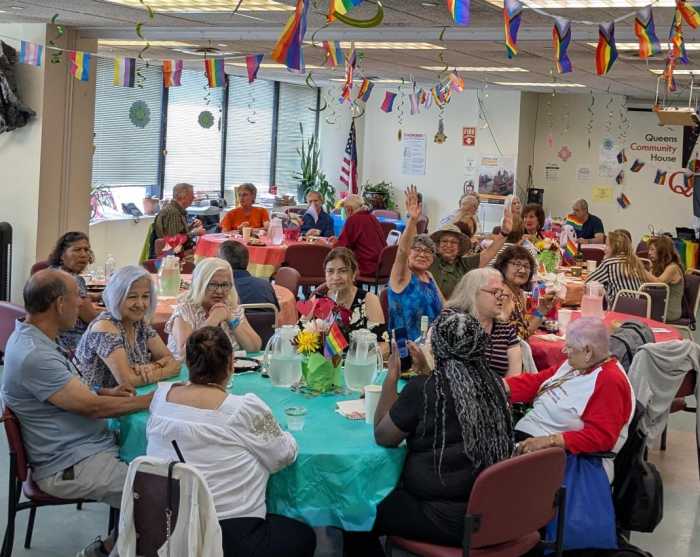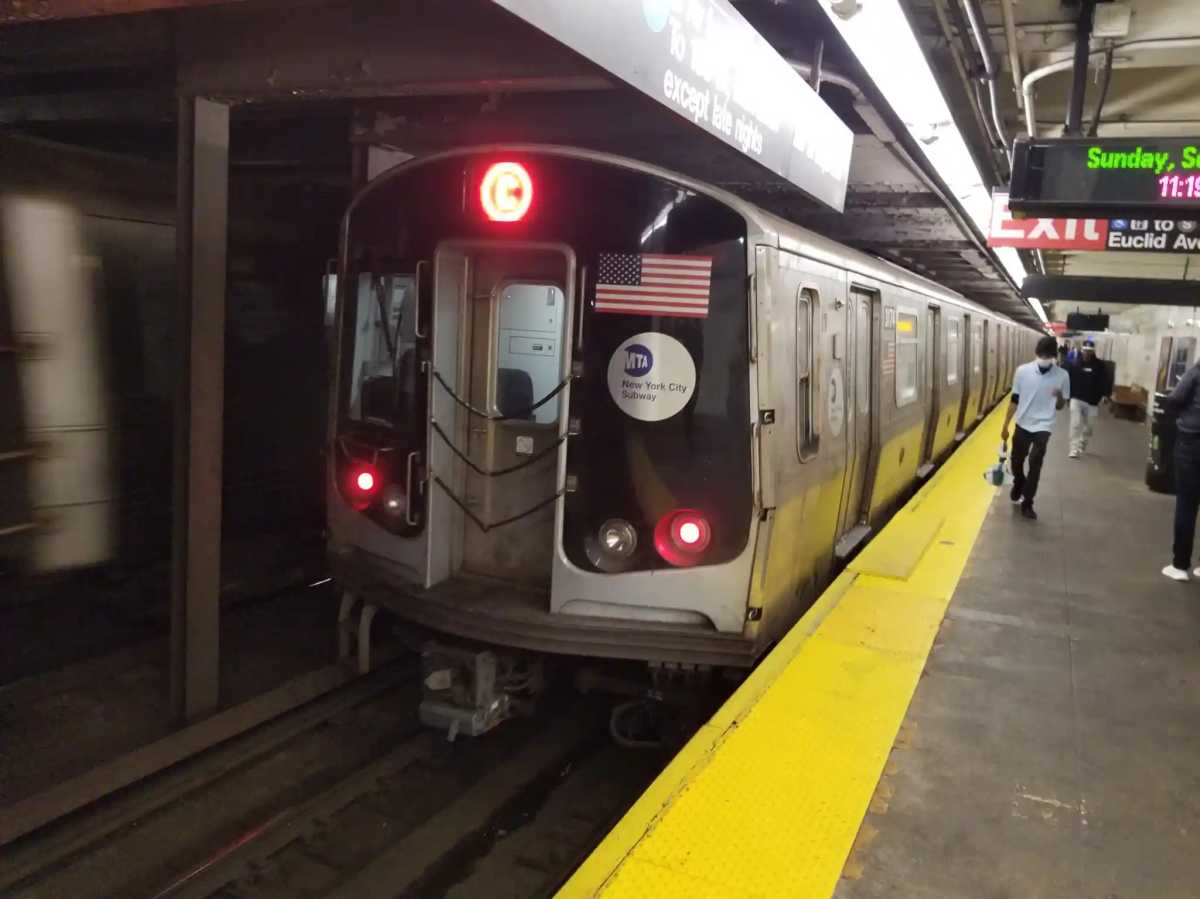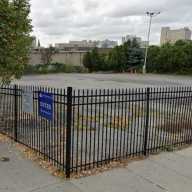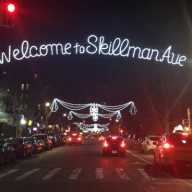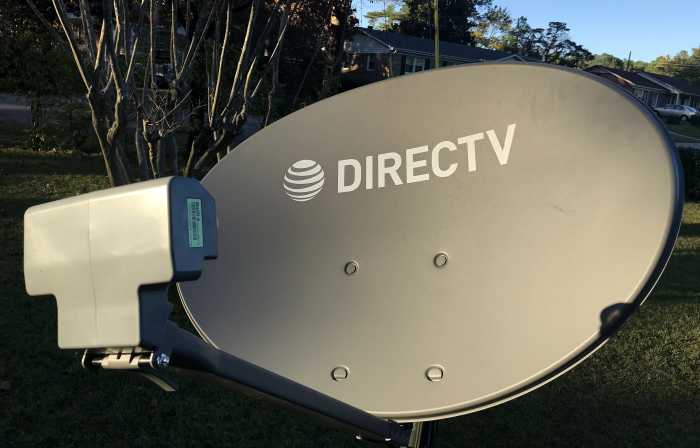By June 12, all full-power television stations across the United States will have abandoned their decades-old analog broadcasts for digital (DTV) ones, according to the Federal Communications Commission (FCC), the federal agency that regulates interstate and international television and other communications.
The FCC maintains that the switch to DTV, mandated by Congress, will enhance the viewing experience and provide more free channels, better picture and sound quality, an onscreen program guide and enhanced closed captioning.
The change will effectively free up space on the airwaves, facilitating better public safety communications, faster wireless Internet connections and improved emergency response, according to the agency. DTV will enable emergency responders to communicate with one another on the same spectrum, unlike on 9/11 when there was not enough vacancy on the airwaves for unimpeded communication, the FCC said.
However, the transition is not carefree for all consumers. While televisions presently connected to for-pay cable, satellite and phone company service require no additional hardware, viewers hoping to benefit from free DTV channels must have a newer television set or a converter box that enables an older set’s antenna to receive digital signals. Additionally, some sets may require a new antenna and periodic adjustments to check for new channels.
DTV converter boxes retail for around $50 to $100, but the federal government is providing up to two $40 converter coupons per household. Consumers can apply for coupons online at www.dtv2009.gov or by calling 1-888-DTV-2009.
According to the FCC, as of May 9, converter coupons had been issued to 1.4 million New York City households, with close to 50 percent of those households having redeemed the coupons.
With its Federal Deficit Reduction Act, passed in 2005, Congress initiated the switch to digital broadcasting for all full-power stations. Since the upcoming June deadline does not apply to low-power television, including many local stations – Queens Public Television already transmits digitally and is a cable station, not a broadcaster – the FCC cautions that some analog broadcasts might get lost in the transition. While many converter boxes have an “analog pass-through” feature allowing consumers to watch analog TV, not all boxes do, the FCC said.
Many full-power television stations began transitioning to digital in 2008, but still continue to broadcast analog signals, said the FCC, which noted that the original deadline for the complete DTV switch was in February of this year. To date, over a third of the country’s full-power stations have already ceased analog broadcasts, the agency said.
The federal government pushed the conversion date forward about four months to ensure the distribution of converter box coupons and allow the FCC to launch a comprehensive public awareness campaign. The agency has since offered DTV help clinics, worked with state broadcast associations across the country and established a presence in retail outlets, libraries and supermarkets.
“Television is a primary source for news, weather and public safety information for many Americans so the FCC is working overtime to reach those remaining viewers who still have not taken the necessary action to continue to receive television programming after June 12,” Acting FCC Chairman Michael Copps said in a statement.
As of April 12, 87 percent of New York City households were completely ready for the transition to DTV, with 11 percent “partially ready” and 2 percent “unready,” the FCC said.
The agency is calling on broadcasters to conduct “soft tests” on May 21 during which analog programming will be interrupted by a message telling viewers who see the message that their TVs are not equipped for the switch to DTV.
For more information on the transition from analog to digital visit www.dtv.gov or call 1-888-CALL-FCC.








